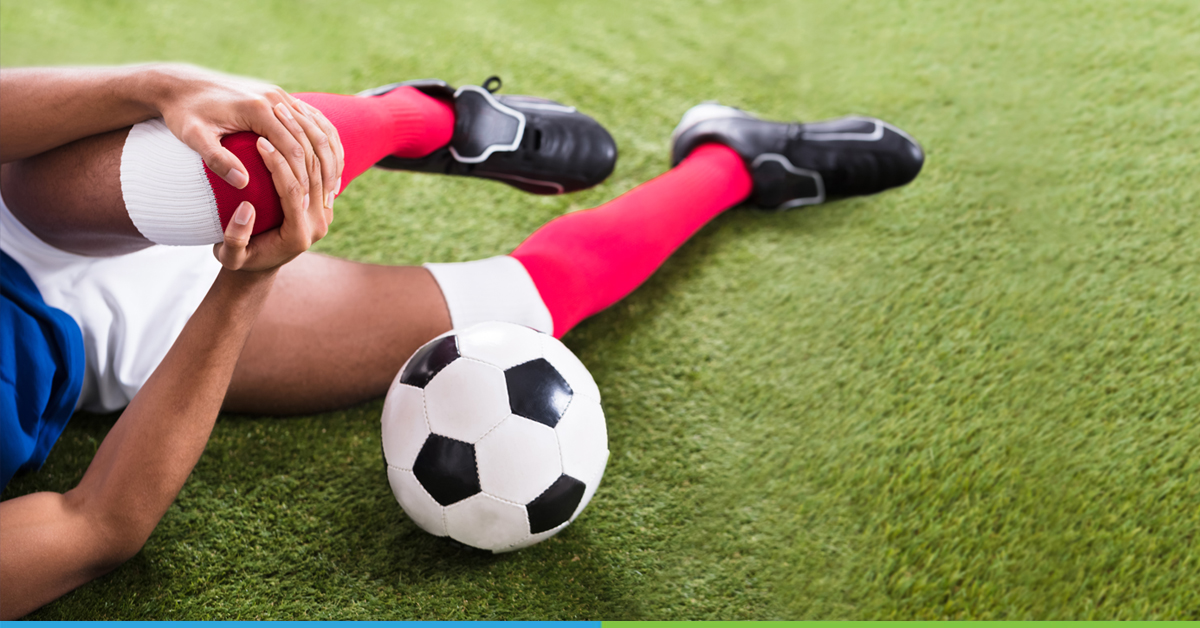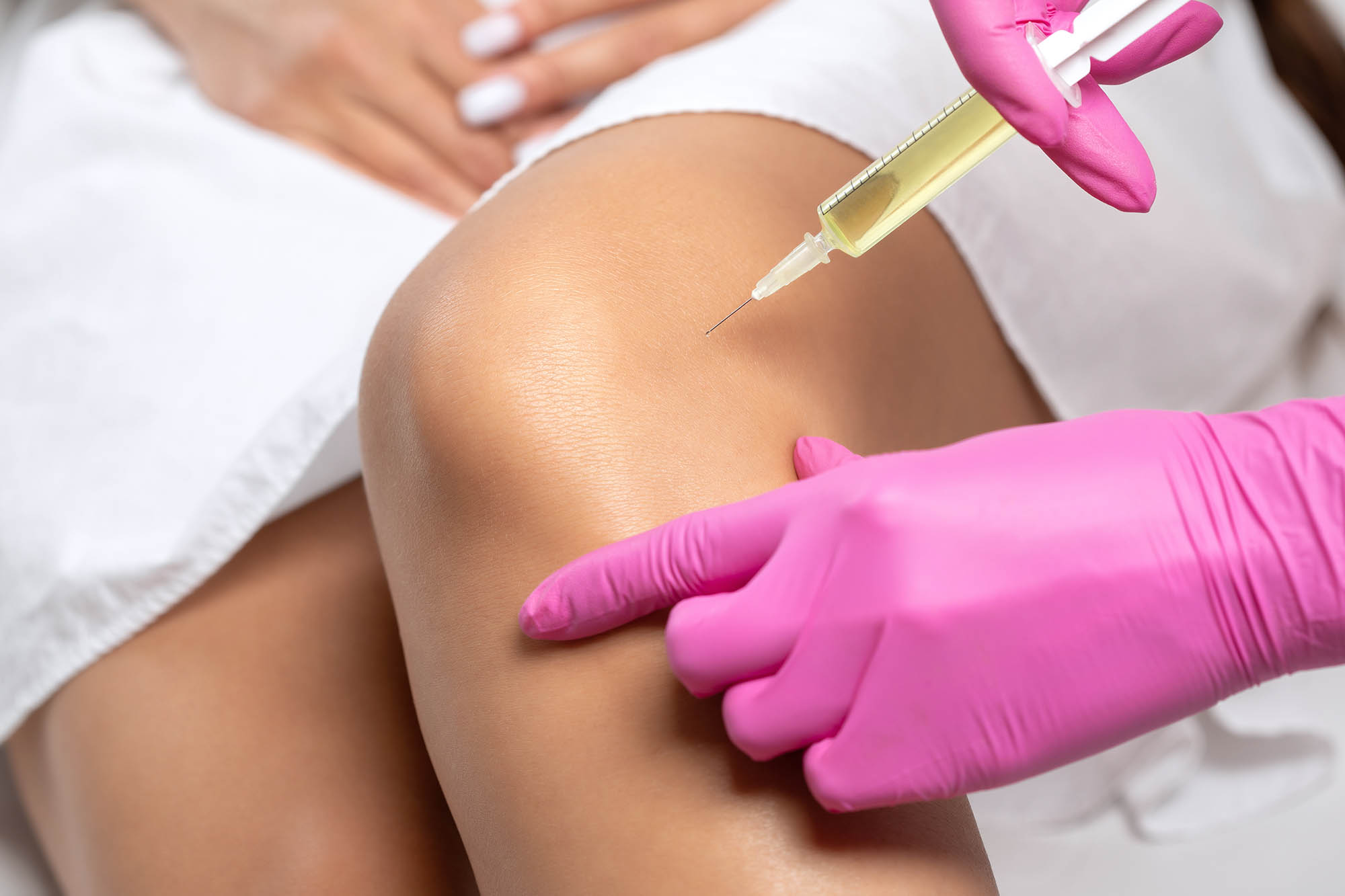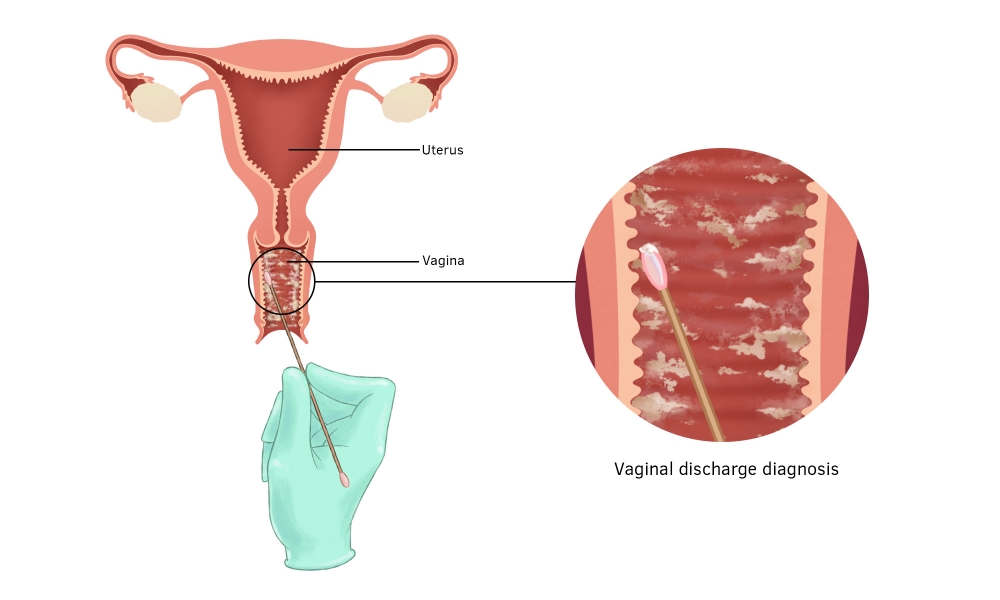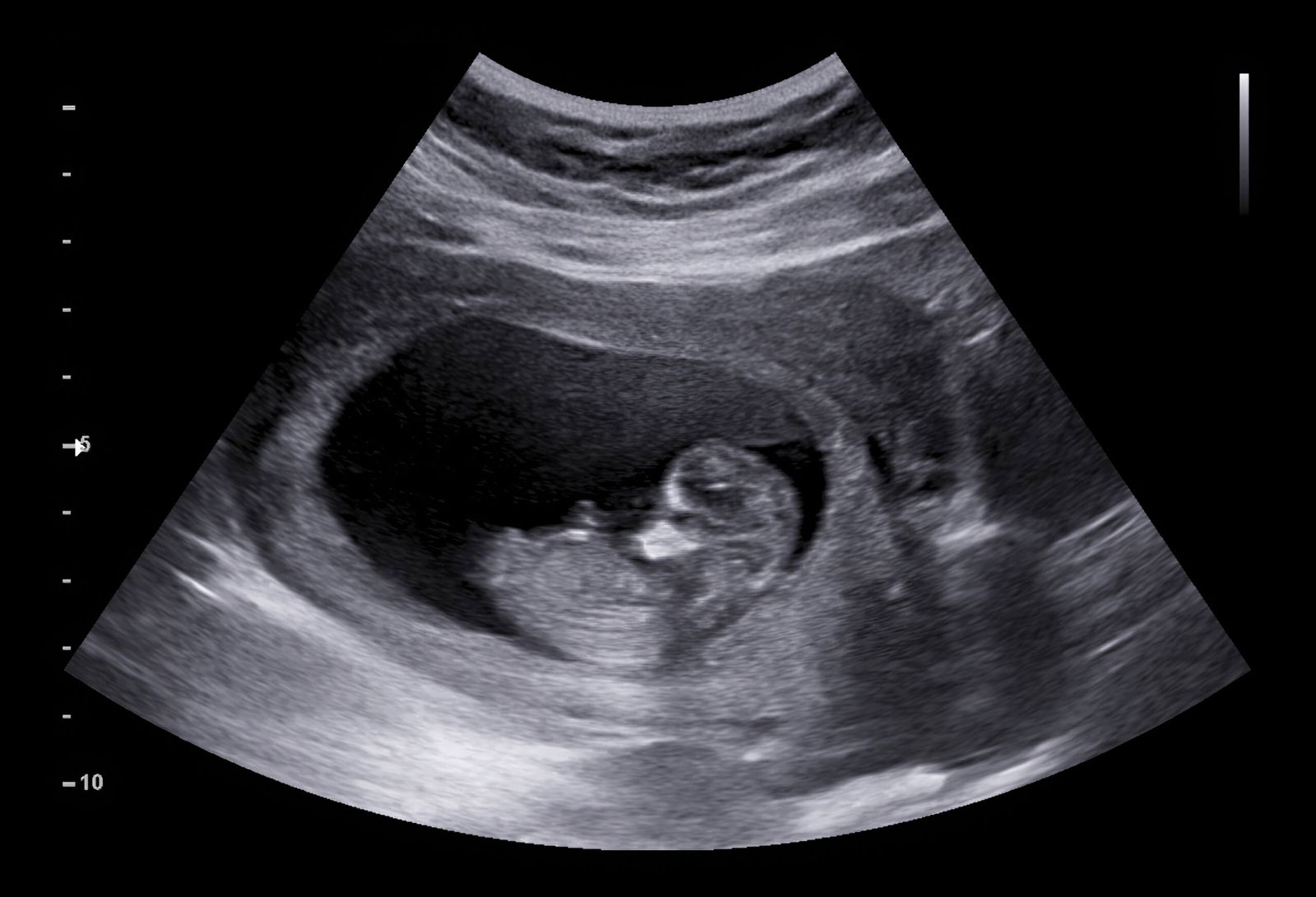Whether you are a professional athlete, fitness enthusiast, or someone who enjoys weekend sports, sports injuries can happen at any time. From a simple ankle sprain to serious conditions like ACL tear or rotator cuff injury, these issues can not only affect performance but also disrupt daily life. The good news is that most injuries can be prevented with proper care and managed effectively with the right treatment.
In this blog, we’ll explore the common types of sports injuries, their causes, prevention tips, and treatment options to help you stay healthy and active.
What are Sports Injuries?
A sports injury is any injury that occurs while exercising, training, or playing sports. These injuries usually affect the musculoskeletal system, which includes muscles, bones, ligaments, tendons, and joints. Sports injuries can be caused by accidents, improper training techniques, lack of conditioning, or not warming up properly before activity.
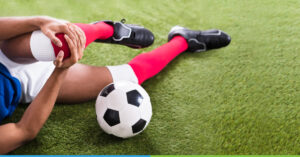
Common Types of Sports Injuries
Here are some of the most common sports injuries:
-
Sprains and Strains
-
Sprain: Injury to ligaments (e.g., ankle sprain).
-
Strain: Injury to muscles or tendons (e.g., hamstring strain).
-
-
Knee Injuries
-
ACL tear and meniscus tear are common in athletes.
-
Knee injuries can cause long-term mobility issues if untreated.
-
-
Fractures
-
Bone fractures from falls or direct impact.
-
Common in contact sports like football, cricket, or basketball.
-
-
Dislocations
-
Occurs when bones are forced out of their normal position.
-
Common in the shoulder joint.
-
-
Tennis Elbow and Golfer’s Elbow
-
Caused by repetitive arm movements.
-
Leads to pain and inflammation in the elbow.
-
-
Shin Splints
-
Pain along the shin bone, common among runners.
-
-
Rotator Cuff Injuries
-
Affects the muscles and tendons around the shoulder joint.
-
Common in swimming, baseball, and tennis.
-
Causes of Sports Injuries
The main causes of sports injuries include:
-
Overuse of muscles and joints
-
Improper warm-up or no warm-up
-
Poor training techniques
-
Inadequate protective gear
-
Accidents during play
-
Lack of flexibility and strength
Prevention of Sports Injuries
Prevention is always better than cure. Follow these tips to reduce your risk of getting injured:
1. Warm-Up and Stretching
Always begin with a proper warm-up to prepare your muscles and joints. Stretching improves flexibility and reduces the chances of injuries.
2. Wear the Right Protective Gear
Use helmets, knee pads, mouthguards, shin guards, and proper shoes based on the sport you play.
3. Focus on Proper Technique
Learn the right way to perform movements. Poor techniques often lead to back pain, shoulder injuries, and knee problems.
4. Strength and Conditioning
Build muscle strength and endurance through training to support your joints and bones.
5. Take Rest and Recovery
Do not ignore pain and fatigue. Adequate rest prevents overuse injuries.
6. Stay Hydrated and Maintain Nutrition
Proper hydration and a balanced diet keep muscles strong and reduce cramps.
Treatment of Sports Injuries
Treatment depends on the severity of the injury. Some injuries heal with home remedies, while others require orthopaedic treatment or surgery.
1. R.I.C.E. Method (Rest, Ice, Compression, Elevation)
-
Rest: Avoid activity that worsens pain.
-
Ice: Apply cold packs to reduce swelling.
-
Compression: Use bandages to support injured areas.
-
Elevation: Keep the injured part raised to minimize swelling.
2. Medications
Pain relievers and anti-inflammatory drugs help in reducing pain and swelling.
3. Physiotherapy
Physiotherapy for sports injuries is essential for recovery. It includes stretching, strengthening, and mobility exercises.
4. Injections
Steroid injections may be given in severe inflammation cases.
5. Surgery
For serious injuries like ACL reconstruction, rotator cuff repair, or fractures, surgical intervention may be required.
Rehabilitation and Recovery
Recovery is as important as treatment. Some key steps in rehabilitation include:
-
Gradual return to activity
-
Physiotherapy exercises to restore strength
-
Avoiding re-injury with proper guidance
-
Regular follow-up with an orthopaedic doctor
When to See an Orthopaedic Doctor?
You should seek medical help if you experience:
-
Persistent joint pain or swelling
-
Inability to move the injured area
-
Sudden loss of strength
-
Numbness or tingling sensation
-
Injuries that do not improve with home remedies
Conclusion
Sports injuries are common, but with the right knowledge, most of them can be prevented and effectively treated. Remember to always warm up, train smart, use proper equipment, and listen to your body. If you do get injured, early diagnosis and treatment by an experienced orthopaedic doctor or sports medicine specialist can ensure a safe and quick recovery.
Staying active is important, but staying injury-free is even more crucial. Protect your body today so you can continue enjoying the sports you love tomorrow.

